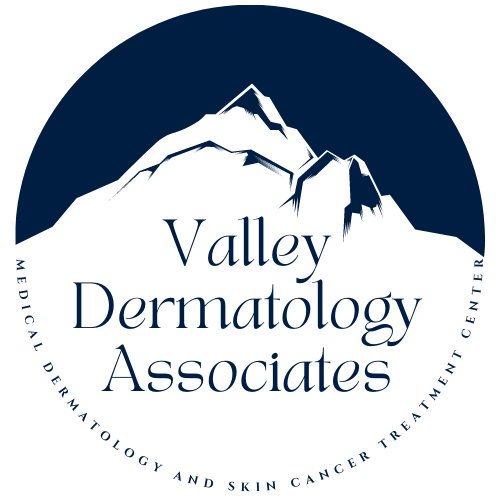Medical Services
MOHS Micrographic Surgery
MOHS is a highly specialized procedure used to completely and effectively remove skin affected by many basal cell carcinomas (BCCs) and squamous cell carcinomas (SCCs), the two most common types of skin cancer. In order to offer this specific surgery type, practitioners must complete a specialized MOHS fellowship program, which our dermatologists have taken.
When Would I Need MOHS Surgery?
Skin cancer can be scary to navigate. We’re here for you during the entire process, and our priority is
your comfort and care.
The biggest risk factor for skin cancer is exposure to UV rays from the sun, which even with precautions can be hard to avoid completely. The number of people who develop skin cancer has been increasing for decades, and more women and men under age 40 are now being diagnosed with the disease. Your chance of developing nonmelanoma skin cancer in your lifetime is about one in five, and more than 5.3 million cases of these types of skin cancer are diagnosed in the U.S. every year. If you are affected by this disease, this procedure is a safe, effective, and minimally invasive option for you.
Thankfully, because of its high cure rate, Mohs surgery is now recommended as the treatment of choice for high-risk nonmelanoma skin cancers. On top of BCC and SCC, other types of skin cancer that can be treated with this procedure are those that could not be completely removed, those with difficult-to-see borders or certain microscopic growth patterns, those that have recurred after initial treatment, and large cancers in low-risk areas.
The Mohs Advantage
The main difference between Mohs surgery and other routine excisional surgeries is that it is done in one day, in stages while you wait for lab results, which are obtained immediately on-site, rather than the tissue sample is sent to a lab for results days later. Finishing the entire process in one visit on top of its 99% cure rate makes it very cost-effective.
The physician examines 100% of tumor margins
No need to fast, local anesthesia is used
Short recovery and minimal scarring
How to Prepare
Preparation for Mohs is simple as well. Simply take note of your existing health conditions, and avoid taking aspirin and other nonsteroidal anti-inflammatory drugs (including ibuprofen) for at least seven days prior to your surgery, as well as alcohol and vitamin E a few days before.
Our Mohs-certified doctors are specially trained to fulfill three roles:
As the surgeon who removes the cancerous tissue
As the pathologist who analyzes the lab specimens
As the surgeon who closes or reconstructs the wound
How the Procedure is Performed
Again, the procedure takes place in just one visit, in stages. First, the doctor removes a layer of tissue where the cancer is suspected. They then review the tissue under a microscope in an on-site lab. If any cancer cells remain, the surgeon goes back to the exact area to remove another layer of skin tissue.
Every time a layer of tissue is removed, the surgeon’s intention is to leave as much healthy tissue as possible. The process repeats itself until all of the cancer cells are gone, however, most Mohs procedures need just one round. The final step of the surgery is wound repair.
Recovery and Aftercare
Your provider will send you home with specific, and easy-to-follow post-op instructions for helping your wound heal. They also may provide you with a bag of aftercare goods. For the next 24- to 48 hours after the procedure, you can expect some slight discomfort, which can be treated with a cold compress, over-the-counter pain medication, and plenty of rest. During those 48 hours, avoid any strenuous work or activity.
Office
3911 Castlevale Rd, Suite 301
Yakima, Washington 98902
Phone
(509) 966 7899
Monday – Thursday:
7:45am – 12:30pm and
1:30p – 5:45p
